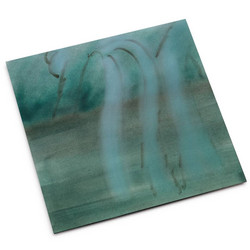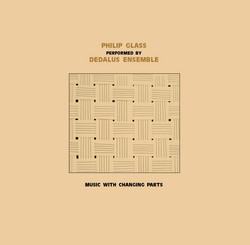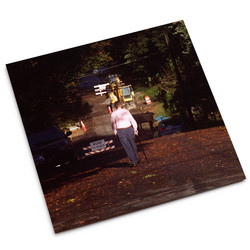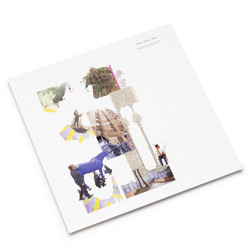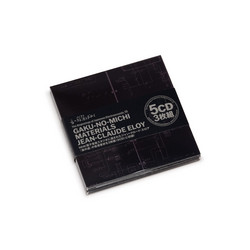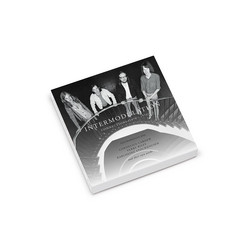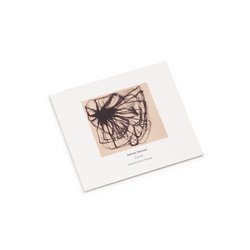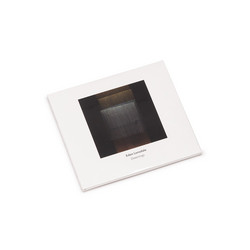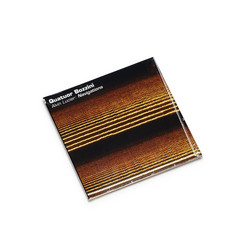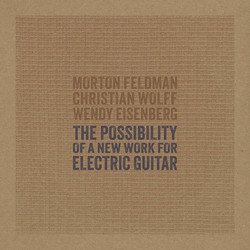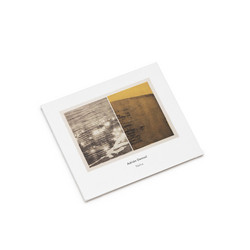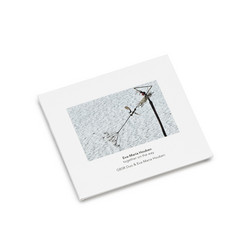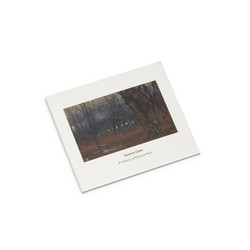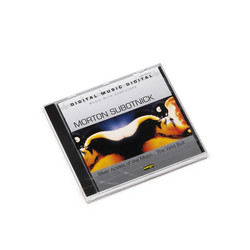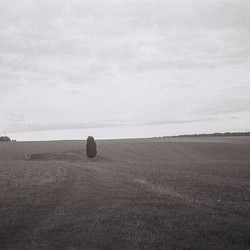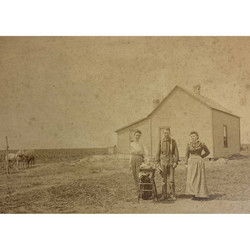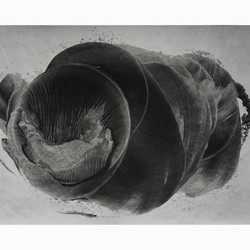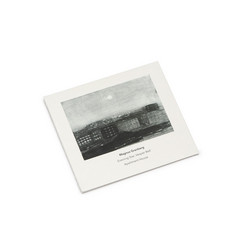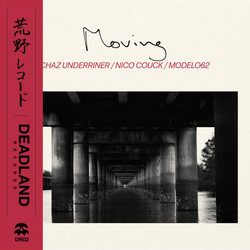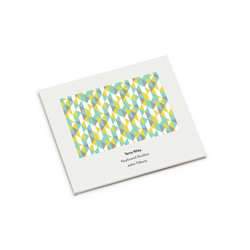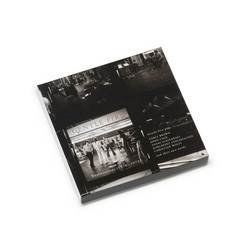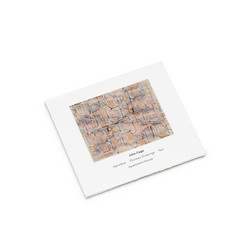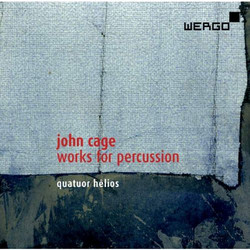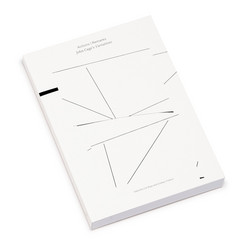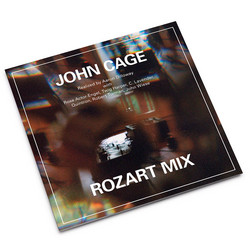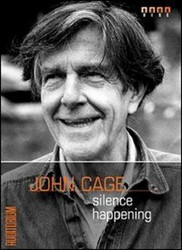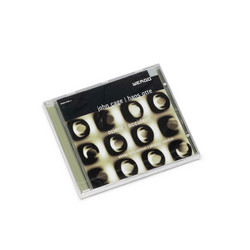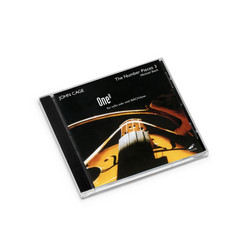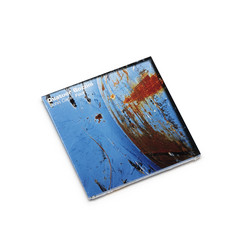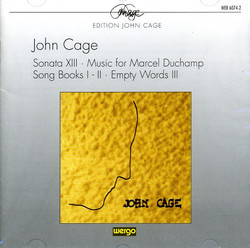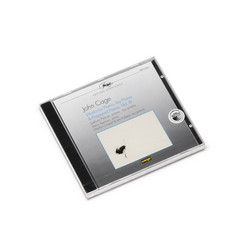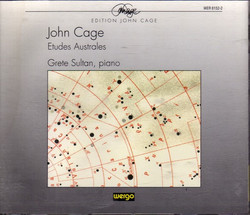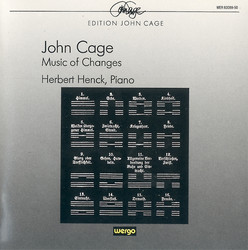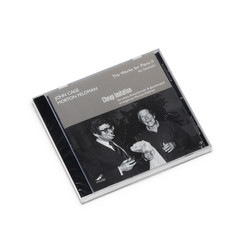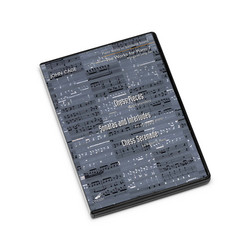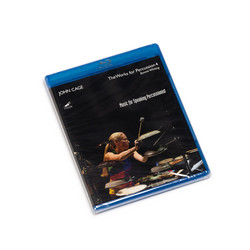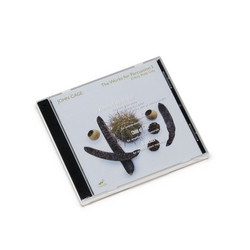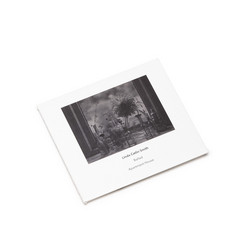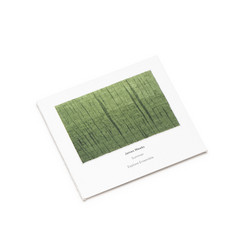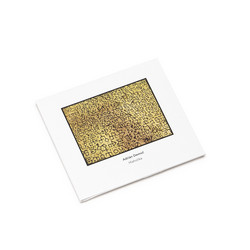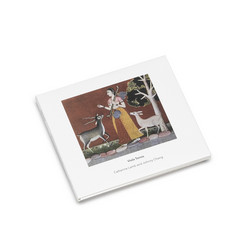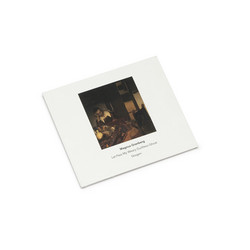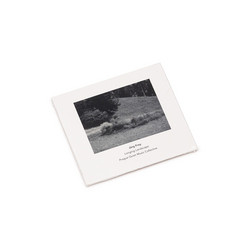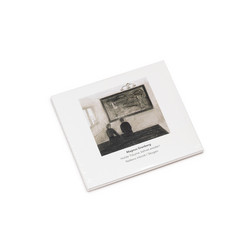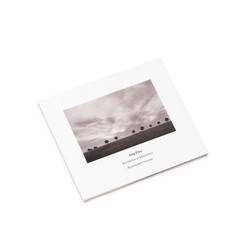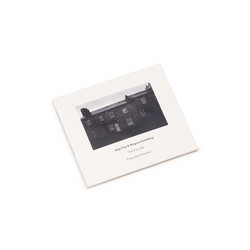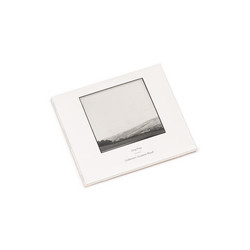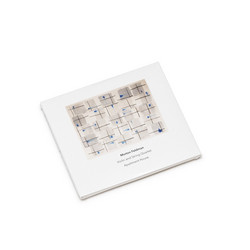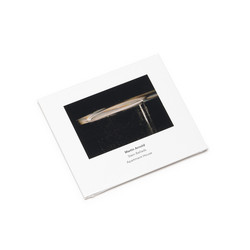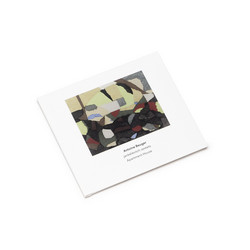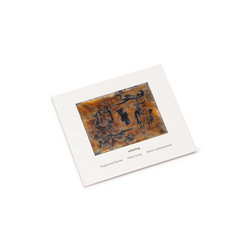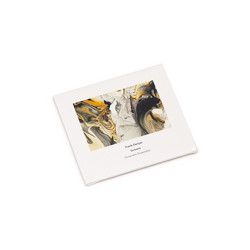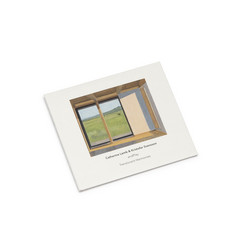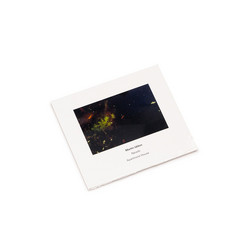"There is something quite ephemeral and special about the prepared piano – it’s mostly to do with how every instrument responds differently to these treatments but also that it’s not very exact, even if, in the case of Cage, is quite precise. His instructions seem quite prescriptive: although, unless you know actually piano model he was using and the objects he was talking about, you’re always making adjustments. The preparing is just like other notation – there is quite a bit of interpretation that needs to go on and a sort of listening out and imagining for what the crux of the matter is, as to what you are being asked for. But altering a fine piece of technological machinery always produces an interesting result. There is certainly a tactile and experimental pleasure in preparing a piano, as well as playing it. The sounds always seem magical, fresh and new and as a pianist, you feel a little bit like a fantasising and imposter percussionist. It’s also because it really does disrupt your tactile relationship with the instrument – it remains responsive to your touch, but altogether quite different. It’s not dissimilar to performing in a new space and getting acquainted and friendly with its acoustic and getting to know its distinctives and idiosyncrasies.
Don’t get me wrong, I think the modern Steinway is an extraordinary and exquisite instrument, incredibly responsive with a lovely range of colour – but it always comes out quite beautiful – even when you try to get it to bark, it tastes somewhat like melon! There’s also strange distance you feel from the instrument, and although this might sound unrelated, I can understand while a child learning the piano might get bored with what is involved in making sound on the piano – it’s relatively simple and fait accompli, even though I know this isn’t true. There is a lot more activity required by a performer to keep an air column or string vibrating and something they feel in starting, finishing, but most importantly, continuing the sound. I feel that is something that is potentially missing for piano playing, however, for me, playing a prepared piano, strangely puts me in that world of feeling its vibrations. But it could simply be that I’ve been involved in being inside the piano while preparing it, that psychologically has made me more invested in the sound I’m making – that somehow I’ve been involved in something akin to instrument making, fortunately with all the hard and most essential bits done for you."
Apartment House:
Kerry Yong , piano (1-7, 12, 18) prepared piano (8, 11, 17)
Mira Benjamin, violin (2-7, 13-16)
Gordon MacKay, violin (13-16)
Bridget Carey, viola (13-16)
Anton Lukoszevieze, cello (13-16, 18)
Simon Limbrick, tom toms & pod rattle (9) home-made woodblocks (10)
